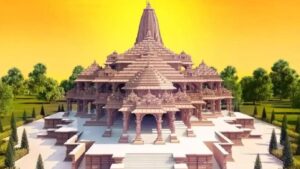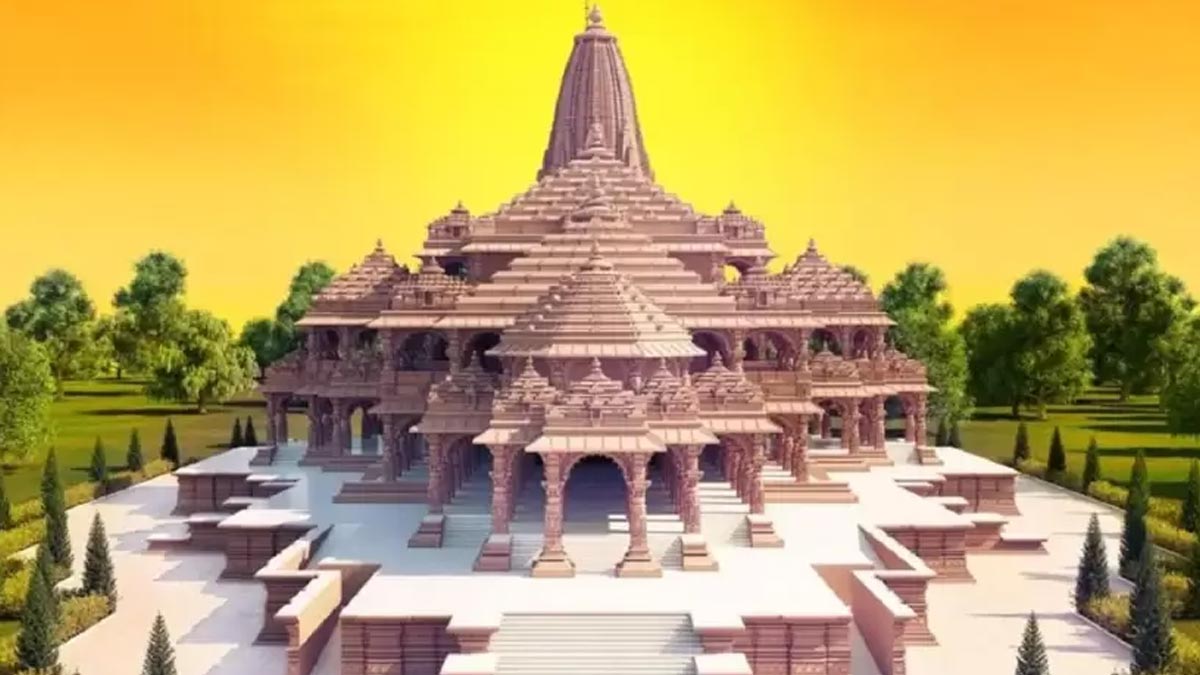I. Introduction
Hi friends here in the below I gave all about ayodhya ram mandir in pointwise with proper side headings. If you like this please follow devotionverse.com for more

A. Background
- The ancient city of Ayodhya, nestled on the banks of the Sarayu River, has long been revered as the birthplace of Lord Rama, a central figure in Hindu mythology.
- Ayodhya fosters a deep emotional connection to its historical and cultural heritage, holding immense religious significance for Hindus worldwide.
II. Ayodhya Dispute: Origins and Controversies
A. Babri Masjid Construction
- In 1528, the Mughal Emperor Babur commissioned the construction of the Babri Masjid in Ayodhya. The mosque symbolized religious diversity in India.
-
- In December 1992, a fervent group of Hindu activists asserted their claim to the land as the birthplace of Lord Rama by demolishing the Babri Masjid.
- The event triggered widespread communal riots, causing significant social and political repercussions across the country.
III. Legal Battles
A. Initial Legal Proceedings
- Various parties, including Hindu and Muslim organizations, filed title suits to determine ownership of the disputed land in Ayodhya.
- The legal battle involved complex land ownership claims, historical evidence, and religious sentiments.
B. Allahabad High Court Verdict (2010)
- In 2010, the Allahabad High Court pronounced a verdict that divided the disputed land into three parts, allocating shares to Hindus and Muslims.
- Attempting to find a middle ground, the verdict left both communities dissatisfied, leading to appeals and further legal complexities.
C. Supreme Court Intervention (2019)
- Taking suo-motu cognizance, the Supreme Court formed a special bench to hear the Ayodhya case, recognizing its significance in shaping the socio-religious fabric of India.
- The court aimed to provide a final resolution to the long-standing dispute through an impartial and comprehensive examination of historical and legal evidence.
IV. Ayodhya Verdict (2019)
A. Legal Ruling
- In November 2019, the Supreme Court pronounced its historic verdict, awarding the disputed land to Hindus for the construction of the Ram Mandir.
- As a compensatory measure, the Supreme Court allocated an alternative piece of land to the Muslim community for the construction of a mosque.
B. Reactions and Impacts
- The verdict evoked mixed reactions, with some celebrating it as a triumph of justice, while others expressed concerns about potential communal tensions.
- The ruling had profound political implications, shaping the discourse on secularism and the relationship between religion and the state in India.
V. Post-Verdict Developments
A. Construction of Ram Mandir
- The commencement of the construction of the Ram Mandir marked a significant milestone, fulfilling a longstanding aspiration of the Hindu community.
- Architectural plans and designs reflected a blend of traditional and modern elements, symbolizing the cultural continuity of Ayodhya.
B. Social and Political Landscape
- During the post-verdict period, there were shifts in communal dynamics, with efforts made to foster harmony between religious communities.
- However, concerns persisted regarding the potential long-term impact on religious coexistence in the country.
VII. Conclusion
A. Summary of Key Events
- The Ayodhya dispute, rooted in historical, cultural, and religious dimensions, is a complex and multifaceted issue.
- Legal battles, the landmark 2019 verdict, and subsequent developments have shaped the narrative surrounding Ayodhya, influencing the social, political, and international landscape.

